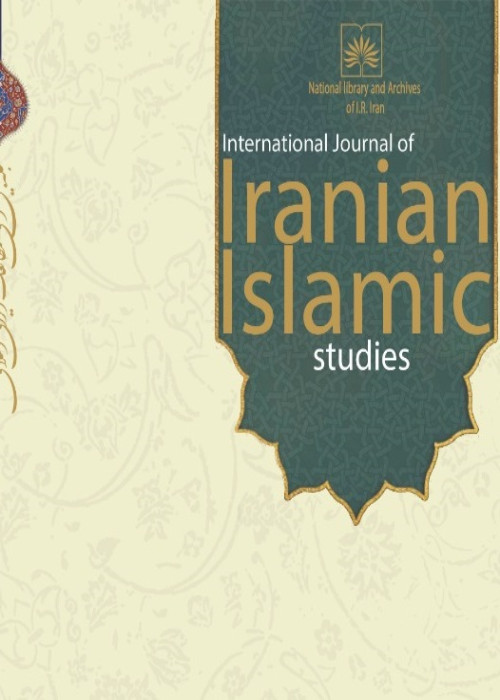The role of Muslims in the trade developments of the Persian Gulf from the second century to the end of the eighth century AH based on historical texts
Author(s):
Article Type:
Research/Original Article (بدون رتبه معتبر)
Abstract:
The Persian Gulf has long been an important waterway in the world of trade. In pre-Islamic times, important ports often appeared on its northern shores, but the reasons and factors have made the Persian Gulf trade at that time not as large as the Arabian Sea's, the Red Sea's and the Mediterranean's. During the Islamic period, especially from the second to the eighth century AH, Muslims played an important role in the trade developments of the Persian Gulf. This article seeks to provide a descriptive-analytical answer to the question of what was the role of Muslims in the development or commercial prosperity of the Persian Gulf from the second century to the end of the eighth century AH? As a result of the research, it was found that it was with the advent of Islam that, due to several reasons, the sustainable prosperity and commercial importance of the Persian Gulf by Muslims increased. Among the distinguishing features and backgrounds of this flourishing in the Islamic period should be the common religion of the coastal peoples in the north and south of the Persian Gulf, the approximate unity of culture and language of coastal peoples, geographical integrity, references to the Qur'an and Muslims' attention to navigation and shipping, as well as abolishing restrictive customs regulations, according to Islam's special view on trade and the access of Muslims and non-Muslims to ways to facilitate trade on the shores and back of the Persian Gulf. Another very important development in the flourishing of Persian Gulf trade and commerce after the rise of Islam, especially in the third and fourth centuries AH, was the transfer of the center of the Islamic Caliphate from Damascus to Baghdad, near the Persian Gulf, via the Tigris and Euphrates rivers which linked the twin river to the Persian Gulf. On the other hand, the attention of the Abbasid caliphs and rulers to supplying various needs of the people of their realm through the Persian Gulf maritime trade made them sensitive to the security of the Persian Gulf. Later on, with the establishment of governments such as Al-Buwayh on the north and south shores of the Persian Gulf, the prosperity and trade of the Persian Gulf increased with the setup of communication routes, trading houses and shipping lines. This important issue and other causes and factors lent the Persian Gulf to become part of the Silk Road's maritime branch from second century AH by Eastern and Western merchants. From the end of the Sassanid period to the eighth century AH, the economic center of the Persian Gulf reached from the northernmost point of the Persian Gulf to its southernmost point, namely from Ublah to Basra, then Siraf to Kish and finally to Hormuz. During this period, a wide variety of items from China, India, Sri Lanka, East Africa and Egypt went to the Persian Gulf, and from here the items produced in the lands of Fars, Khuzestan, Iraq and even Rome were sent to distant places in the Orient.
Keywords:
Language:
Persian
Published:
Journal of Iranian Islamic Studies, Volume:10 Issue: 4, 2021
Pages:
23 to 42
magiran.com/p2500462
دانلود و مطالعه متن این مقاله با یکی از روشهای زیر امکان پذیر است:
اشتراک شخصی
با عضویت و پرداخت آنلاین حق اشتراک یکساله به مبلغ 1,390,000ريال میتوانید 70 عنوان مطلب دانلود کنید!
اشتراک سازمانی
به کتابخانه دانشگاه یا محل کار خود پیشنهاد کنید تا اشتراک سازمانی این پایگاه را برای دسترسی نامحدود همه کاربران به متن مطالب تهیه نمایند!
توجه!
- حق عضویت دریافتی صرف حمایت از نشریات عضو و نگهداری، تکمیل و توسعه مگیران میشود.
- پرداخت حق اشتراک و دانلود مقالات اجازه بازنشر آن در سایر رسانههای چاپی و دیجیتال را به کاربر نمیدهد.
In order to view content subscription is required
Personal subscription
Subscribe magiran.com for 70 € euros via PayPal and download 70 articles during a year.
Organization subscription
Please contact us to subscribe your university or library for unlimited access!


